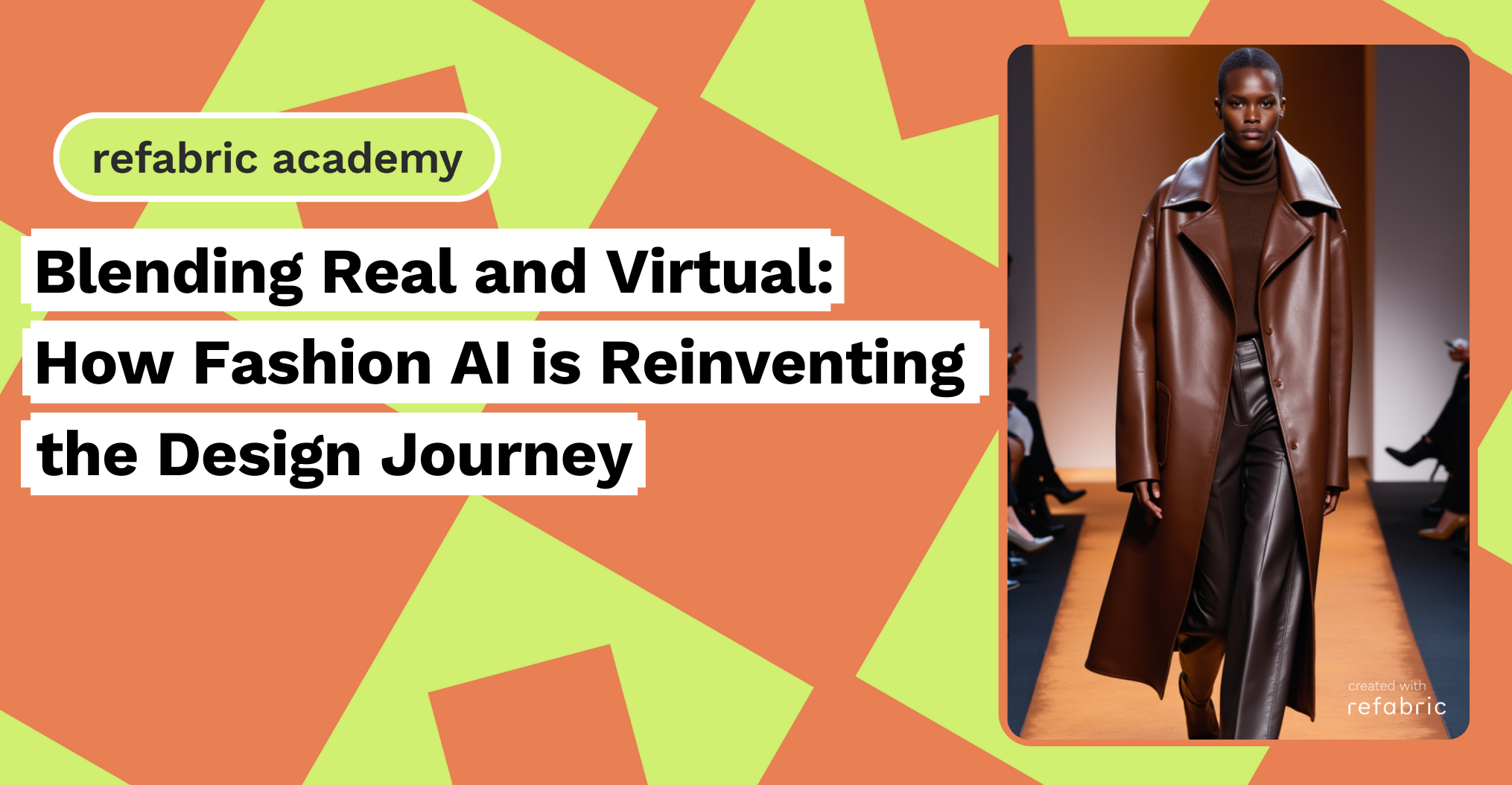Fashion AI is redefining the way designers blend digital aesthetics with physical fashion. As we navigate a future where the boundaries between virtual and real worlds are increasingly blurred, fashion AI emerges as a powerful tool enabling designers to bring pixel-perfect concepts into tangible form—and vice versa. From virtual try-ons and AI-powered design tools to the rise of digital fashion in gaming and the metaverse, fashion AI is becoming the connective tissue between screens and seams.
The Rise of Fashion AI in a Post-Physical World
Digital fashion, once a niche curiosity, has grown into a booming industry driven by technological innovation and shifting consumer behavior. In online spaces like gaming environments, social media, and the metaverse, what we wear virtually is now an extension of our identity. Fashion AI is fueling this movement by enabling designers to create hyper-realistic, dynamic garments that exist only in the digital realm but carry real social and economic value.
Tools powered by AI help designers generate textures, simulate fabric movement, and create stunning visual garments faster than ever before. These pieces may never be physically manufactured, yet they’re being worn by influencers, avatars, and digital models around the world.
Bridging the Virtual and the Tangible
What makes fashion AI so powerful is its ability to not only imagine garments in digital form, but also bring them to life physically. Designers can start with digital concepts created using AI algorithms trained on style data, trend cycles, and historical references and refine them into runway-ready pieces.
For example, an AI-generated digital dress might first appear on a virtual runway or in an influencer’s Instagram post. If it resonates with the audience, the brand can decide to produce a limited physical version. This “digital-first, physical-second” approach flips the traditional production model and reduces risk, waste, and cost.
Smart Design Meets Smart Manufacturing
On the production side, fashion AI is revolutionizing how digital ideas are transformed into real products. AI tools can automate and optimize everything from fabric selection and color matching to pattern cutting and 3D prototyping. This reduces the time it takes to move from sketch to sample and improves accuracy in translating digital designs into wearable reality.
Not only does this accelerate production cycles, it also helps make on-demand manufacturing more viable. Digital garments that gain traction online can be quickly produced and shipped, eliminating the need for mass production and minimizing inventory waste.
Virtual Try-Ons and Immersive Shopping
Another major development bridging digital and physical fashion is the rise of virtual try-ons and augmented reality (AR) experiences. Fashion AI analyzes body data and personal style preferences to offer hyper-personalized recommendations that users can preview in real time through AR filters.
This not only enhances the online shopping experience but also drastically reduces return rates, one of the fashion industry’s biggest sources of waste. By allowing customers to “try before they buy,” fashion AI creates a seamless link between digital convenience and real-world purchase confidence.
What This Means for Designers and Brands
For emerging designers and independent brands, fashion AI offers new creative freedom and lower barriers to entry. A single person can create an entire AI-generated digital collection, test its appeal online, and only produce the pieces that gain traction. For legacy fashion houses, AI tools unlock efficiencies that allow for rapid trend adaptation and sustainable innovation.
Fashion AI is also reshaping fashion education, enabling students and young creatives to experiment in virtual studios without the cost or waste of traditional materials.
A Harmonious Future for Fashion
As fashion AI continues to evolve, the convergence of digital and physical fashion will only deepen. The runway is no longer confined to a physical space, and the design studio is no longer limited by human capacity. We are entering a new era where AI not only supports fashion innovation, it expands its possibilities.
From pixels to runway, fashion AI is enabling a smarter, more responsive, and creatively limitless fashion industry. The future of fashion is hybrid, and fashion AI is leading the way.
